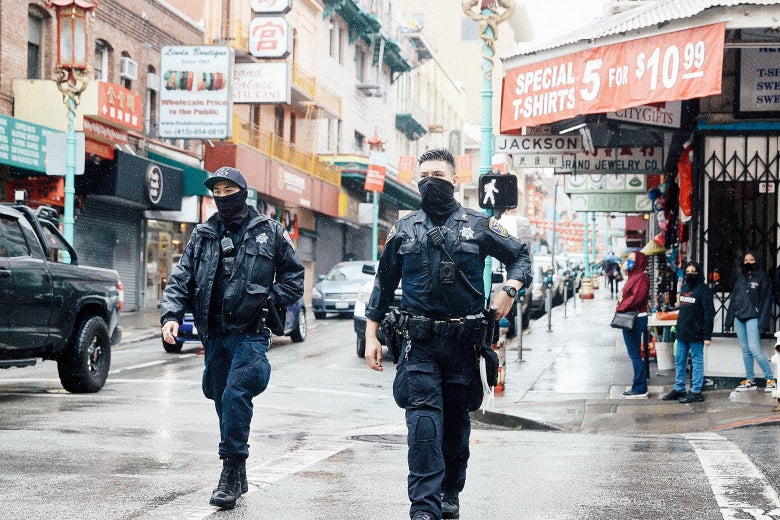By Akira Tomoshig

TOKYO (Reuters) - Jenny and Narumi wept for happiness last week when a Japanese court ruled that barring same-sex marriages was unconstitutional, a decision that allowed them to move a step closer to a legal marriage and starting a family.

The ruling by the Sapporo district court, the first in Japan on the legality of same-sex marriages, was a major symbolic victory in Japan, the only country in the Group of Seven major nations to not fully recognise same-sex partnerships.

For Jenny and Narumi, who plan on a life together and have held a non-legally binding marriage ceremony, it was much more personal.
"I felt light, the light of hope," said Narumi, 27. Both she and Jenny declined to give their last names to Reuters due to Japan's still-conservative views on lesbian, gay, bisexual and transgender (LGBT) couples.
"It was a soft hope that perhaps soon, I don't know when, I might be able to marry Jenny in Japan."
It was love at first sight for Jenny, 28, when she met Narumi in January 2020 via a dating app.
Their romance developed quickly, and by August they were living together and had taken out a partnership certificate, which helps with renting apartments and hospital visits but doesn't provide legal guarantees such as inheritance rights or custody of a partner's children.
"We're really happy," said Jenny, who is half-American and half-Japanese. "But if we could get legally married, for example, we could become parents."
"As it is, the child would be legally registered as having only one of us as its parent."
The two have discussed moving to the United States if nothing changes in Japan, since Jenny is a U.S. citizen.
Last week's ruling was on one of five similar ongoing cases in Japan. The ruling could set a precedent that influences other cases, but for same-sex marriage to be allowed, a new law needs to be put in place, which is likely to take some time.

Public thinking is changing, though. A weekend opinion poll by the Asahi Shimbun found 65% of respondents supported the ruling.
Both women said a big part of their joy was a sense the voices of LGBT Japanese residents had finally been heard in high places.

"I felt something long suppressed within myself come bursting out, that we'd finally been recognised," Narumi said.
Jenny said she realises being able to marry legally could take some time, but she is holding onto her dreams.
"If we could have the same legal guarantees as everyone else, I'd like to have children and live with Naru-chan," she said, using an affectionate nickname.
"I'd like to live in a house full of children, dogs and cats, a warm place full of laughter."
(Writing by Elaine Lies; Editing by Karishma Singh)
 © Reuters/STRINGER Rani Khan looks at one of her students during a tailoring lesson in Islamabad
© Reuters/STRINGER Rani Khan looks at one of her students during a tailoring lesson in Islamabad





 San Francisco police officers on a foot patrol in Chinatown on Thursday. Justin Sullivan/Getty Images
San Francisco police officers on a foot patrol in Chinatown on Thursday. Justin Sullivan/Getty Images



